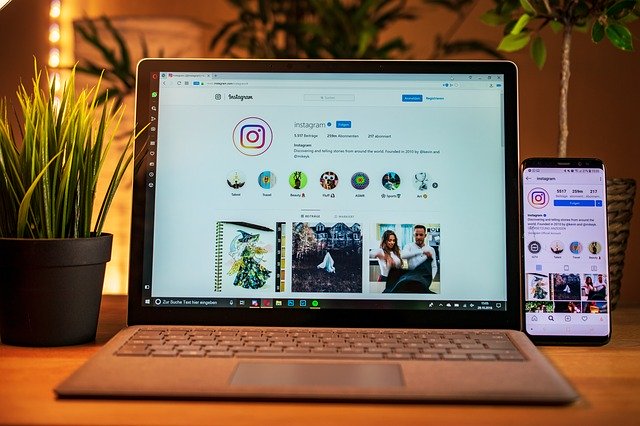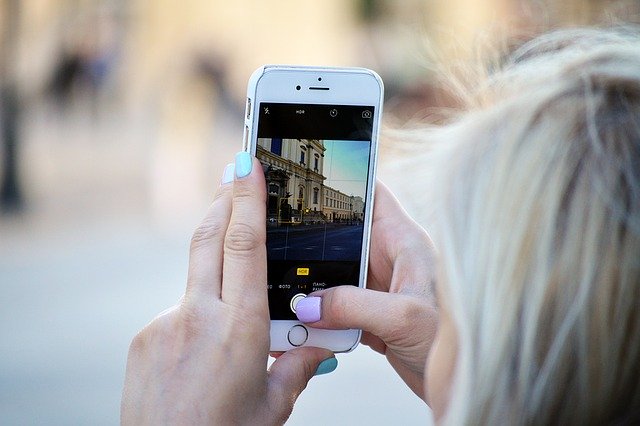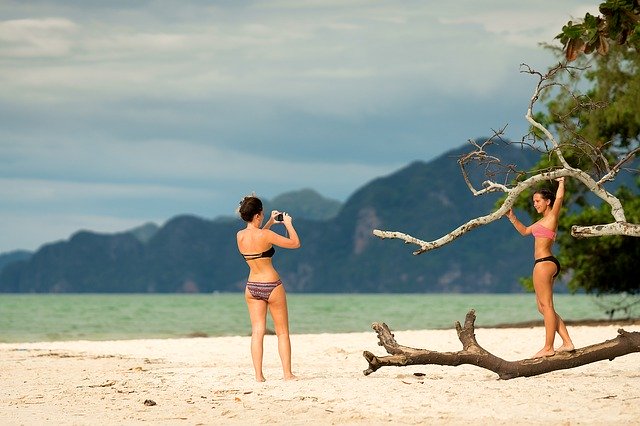For the better part of the past decade, the term “influencer” has been common – perhaps even overused – in everything from marketing and public relations strategies, to personally curated social media worlds.
The life of an influencer – especially a travel influencer – seems like a dream come true to the outsider. Facilitated by social media and a growing number of followers, young influencers are part of a generation that typically values the accumulation of experiences – like travel to some of the world’s hottest destinations, access to the most coveted events, and VIP everything – over the monotony of a “typical” life path. Their followers live vicariously through them, as they aptly document these experiences on social media, one perfectly edited photo at a time.

With COVID-19’s devastating impact on the world – especially in the travel, events, and culture departments – the filter-filed lives of many influencers have been disrupted with the disappearance of their main currency: experiences, and access to them. With all travel, concerts, and events halted for the foreseeable future, what social and business implications does COVID-19 have on influencer culture?
For some influencers – especially those in the culinary, fitness, or parenting realms – business is still booming, as their loyal followers clock in more hours at home and in front of their screens, turning to them for double tap-worthy inspiration. As a matter of fact, some influencers are doing better than ever. North American influencer management agency Shine Influencers actually found that their talent’s impressions have increased an average of 20 per cent during the pandemic, based on an informal survey among its 80 talent across North America. “With all the down time, it seems these followers are listening more intently than before,” says Emily Ward, co-founder of Shine Influencers.
But, what about the loss of advertising dollars, and the subsequent pressing of the pause button on many influencer campaigns? “Where we have seen some programs be delayed and the average program size scale back our agency has still been able to maintain a steady flow of collaborations during this time period through providing new strategies and being able to act quickly,” says Ward. “The Stay At Home directive has highlighted how adaptable and production-nimble the influencer marketing category can be. Where brands have taken weeks to pivot their plans for OOH and print advertising, influencers were able to reshoot or update copy in real time to stay relevant to the changing conversations in the midst of a global pandemic.”

Shine client, fitness influencer Beverley Cheng, has been busy providing her followers with simple at-home, no equipment, no-noise workouts for those living in apartments and small spaces. Meanwhile, fellow Shine client, Canadian Olympic figure skater Kaitlyn Weaver (@ka2sh) utilized this time to raise funds for the UN by bringing together talent for a massive Instagram live stream event. “Skilled influencers are doing what they have always done best; listened to their community and created relevant content that means something to them,” said Shine Influencers co-founder Jess Hunichen.
Both Ward and Hunichen say that the sector hit hardest is – not surprisingly – collaborations tied to live events and travel. They’ve been working with their clients and talent to come up with creative solutions to still reach campaign goals, with a slight tweak to strategy and execution. “For example, Frigidaire recently shifted their program with @dialaskitchen from being a live event, to a cooking party via Zoom, where Diala cooked for a group of friends virtually, in real time,” says Hunichen. “The content was shared with her audience and the brand still benefited from the affiliation and sharable nature of the content, ultimately hitting the same targets that were anticipated from the live event.”

For those influencers focused on travel, naturally, adapting is a little trickier. For starters, many travel bloggers are (or, were) among the growing group of “digital nomads” who don’t (or didn’t) spend enough time in one place for a space to really feel like “home.” Now, many have either found themselves restricted by the confines of tiny living spaces, or ended up back at home with their parents.
Pre-COVID-19, Toronto-based travel and food blogger, Solmaz K (@thecuriouscreature) averaged about 25 local and international press trips a year. “On the work front, press trips and events have all been cancelled, campaigns are on hold or shifting daily, and the added pressure of working at home with a toddler is my new reality,” she says. While she acknowledges how inevitably different her industry will be moving forward, Solmaz remains optimistic about the future and the opportunities it holds.
“Our audiences are relying on us more than ever as we navigate the unknown road ahead. They’re asking lots of questions and watching closely to help rebuild their confidence on many fronts – from tasks as simple as getting a coffee, to what it looks/feels like to travel locally or internationally once again,” says Solmaz. “Personally, I hope to share these experiences as openly and honestly as possible without being tone deaf. That’s more challenging than it sounds in a world that’s ever-changing and responding differently to the pandemic!”

In recent years, travel influencers – with their wanderlust-inspiring feeds – have seemed to replace travel brochures and publications. It will likely be these same influencers who are the first to travel again when the time is finally right. Travel-lovers will, as Solmaz predicts, look to them to restore their confidence in travel, to get a well-documented glimpse into what it will look like moving forward, and for travel inspiration.
In the meantime, while their passports continue to gather dust, the key is to be industrious and to shift focus slightly – whether that means supporting local relief efforts with their content and spreading important messaging, or upping their TikTok game. Love it or hate it, it doesn’t look like influencer culture is slowing any time in the near future.

